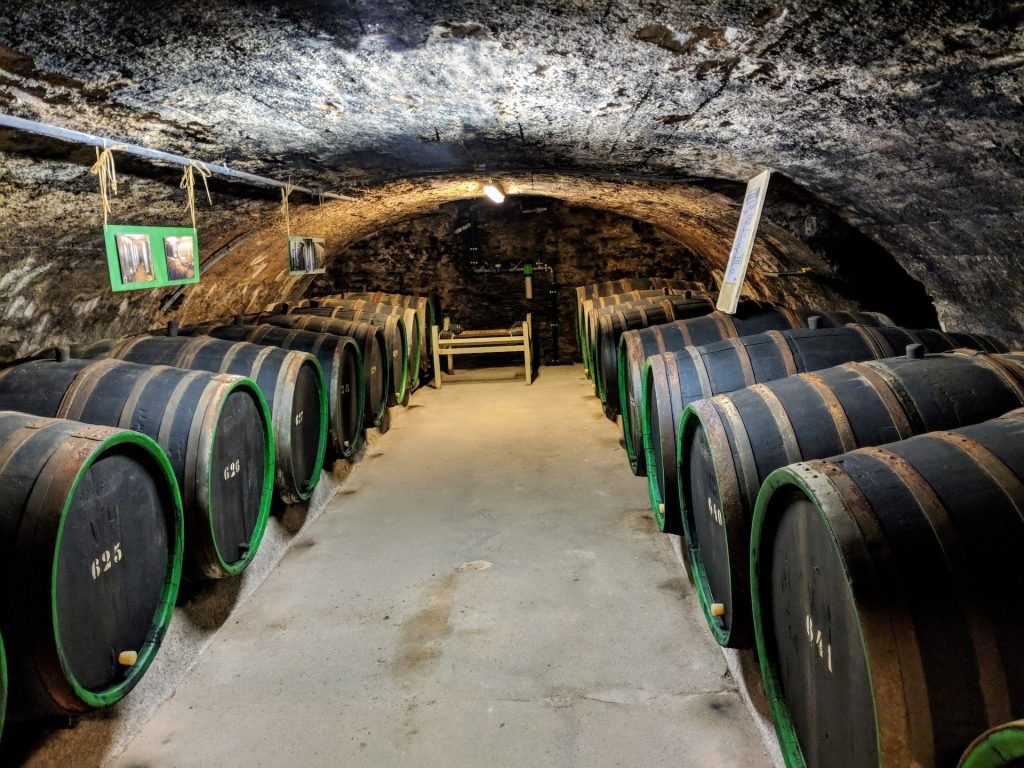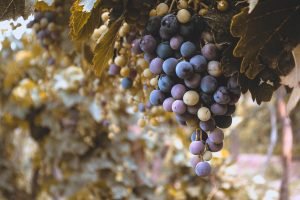Napa Valley is known for producing some of the finest wines in the world. The region’s unique climate and soil conditions make it an ideal place to grow grapes, and many wineries have taken advantage of this to create high-quality wines that are enjoyed by wine enthusiasts worldwide.
However, starting a winery in Napa Valley is not an easy task. There are numerous regulations and permits that must be obtained before a winery can begin operation.
In this blog post, we will explore some of the key regulations and permits that wineries must obtain in Napa Valley.
Winemaking Regulations
Winemaking regulations in Napa Valley are overseen by the Napa County Agricultural Commissioner’s Office. The office is responsible for enforcing state and federal regulations related to winemaking, including pesticide use, grape harvesting, and winemaking practices.
Wineries must comply with these regulations to ensure that their wines are safe for consumption and meet industry standards.
Pesticide Use Regulations
Pesticide use is regulated by the California Department of Pesticide Regulation (DPR). The DPR regulates the use of pesticides in California to ensure that they are used in a safe and effective manner.
Wineries must obtain a pesticide use permit from the DPR before applying pesticides to their vineyards. This permit outlines the specific types of pesticides that can be used and the application rates that must be followed.

Grape Harvesting Regulations
Grape harvesting regulations are overseen by the Napa County Agricultural Commissioner’s Office. The office ensures that grapes are harvested in a safe and efficient manner and that all labor laws are followed. Harvested grapes must be transported in a safe and secure manner to the winery for processing.
Winemaking Practices Regulations
Winemaking practices are regulated by the Alcohol and Tobacco Tax and Trade Bureau (TTB). The TTB oversees the production, labeling, and advertising of wine in the United States.
Wineries must obtain a TTB permit before they can produce and sell wine. The TTB also regulates the use of additives in wine, such as sulfites, and sets standards for wine labeling and advertising.
Permitting Process

Local Permits
Local permits are obtained from the Napa County Planning, Building, and Environmental Services Department. These permits cover land use, building construction, and environmental impacts.
Wineries must obtain a use permit to ensure that their operation is consistent with the county’s land use regulations.
A building permit is required for any new construction or renovation of existing structures. An environmental impact report may also be required if the winery is located in an environmentally sensitive area.
State Permits
State permits are obtained from the California Department of Alcoholic Beverage Control (ABC). The ABC regulates the sale and distribution of alcohol in California. Wineries must obtain a Type 02 Winegrower License from the ABC before they can produce and sell wine.
This license allows wineries to sell wine to consumers, wholesalers, and retailers. The ABC also requires wineries to obtain a seller’s permit from the California Department of Tax and Fee Administration (CDTFA) before they can sell wine.
Federal Permits
Federal permits are obtained from the Alcohol and Tobacco Tax and Trade Bureau (TTB). The TTB regulates the production, labeling, and advertising of wine in the United States. Wineries must obtain a Basic Permit from the TTB before they can produce and sell wine.
This permit allows wineries to produce and sell wine in the United States. Wineries must also obtain a TTB COLA (Certificate of Label Approval) for each wine label they produce.
Conclusion
Starting a winery in Napa Valley can be a challenging but rewarding experience. Understanding the regulations and permits required to operate a winery is crucial to ensure that your winery is in compliance with local, state, and federal laws.
By obtaining the necessary permits and complying with regulations related to pesticide use, grape harvesting, winemaking practices, and labeling, wineries in Napa Valley can produce high-quality wines that are enjoyed by wine enthusiasts worldwide.
If you’re interested in starting a winery in Napa Valley, it’s important to do your research and work closely with local officials to ensure that you’re meeting all regulatory requirements.





